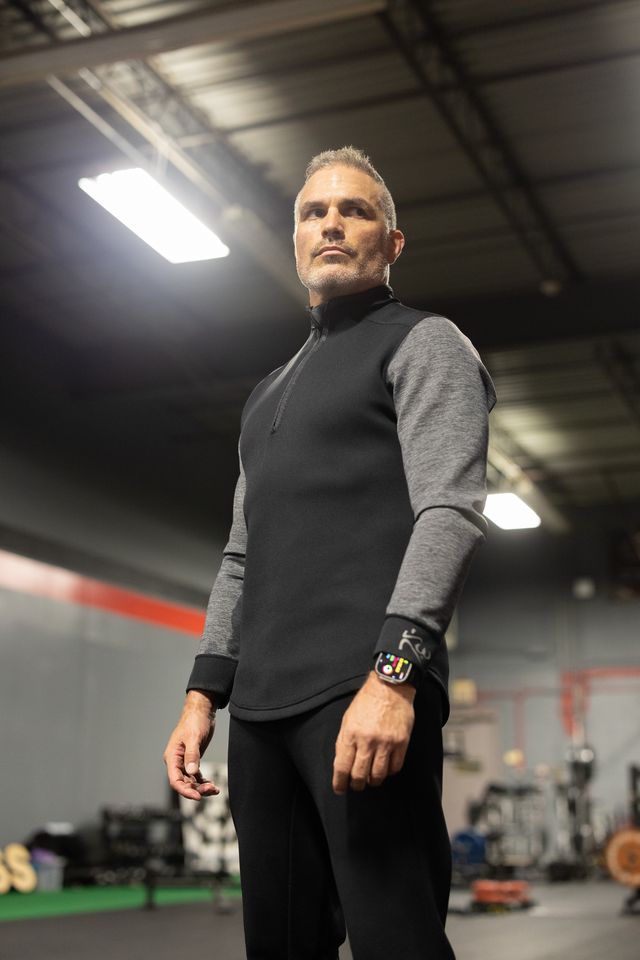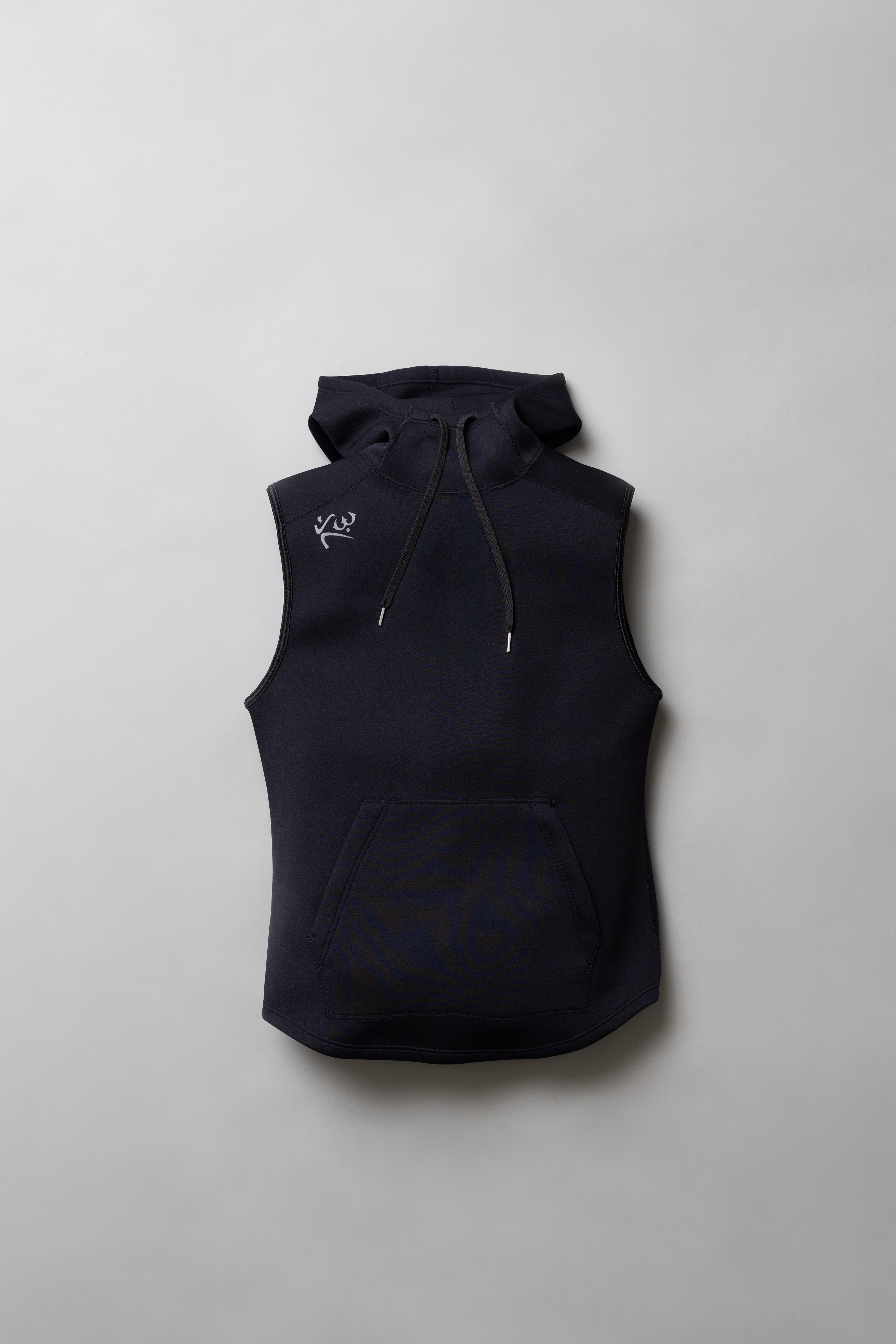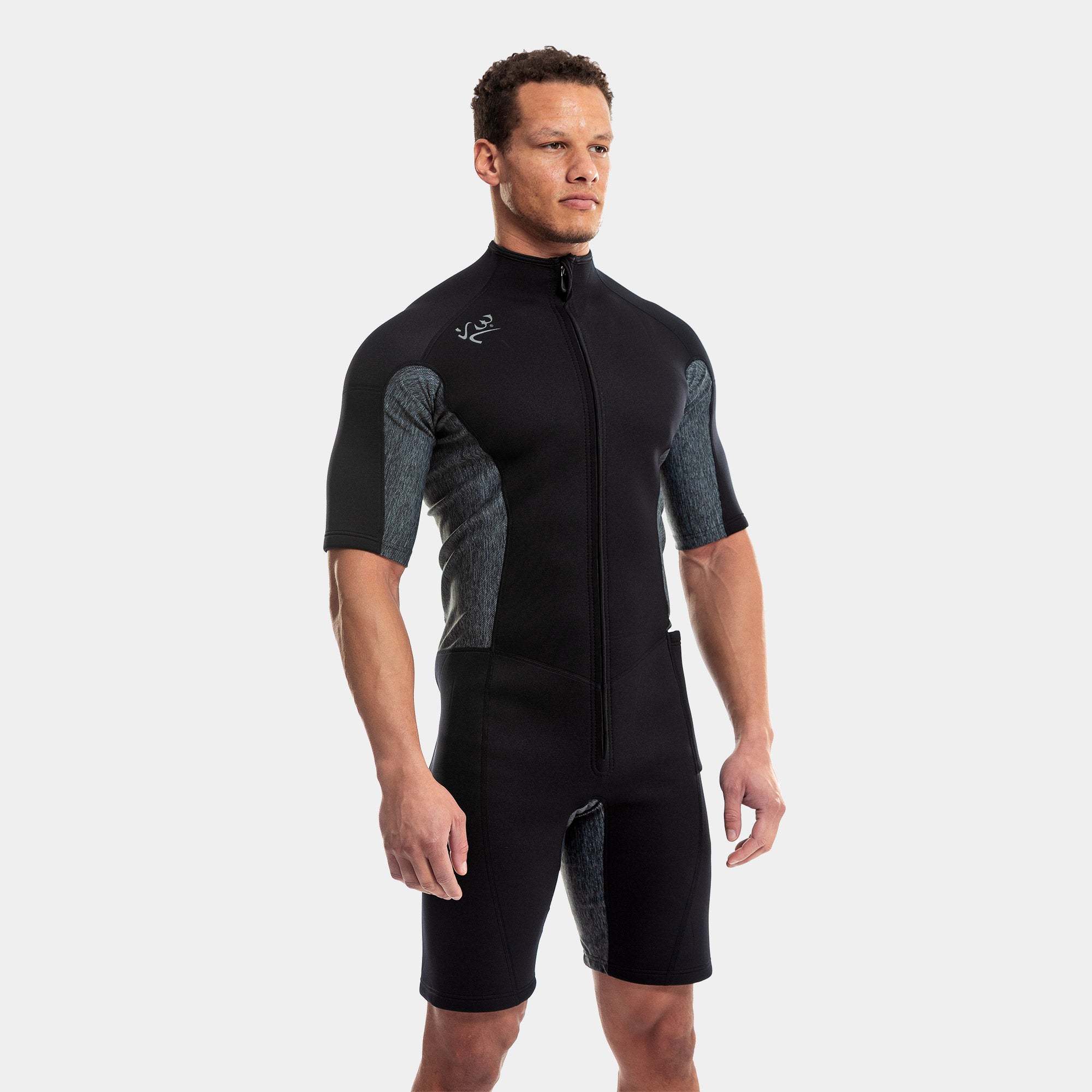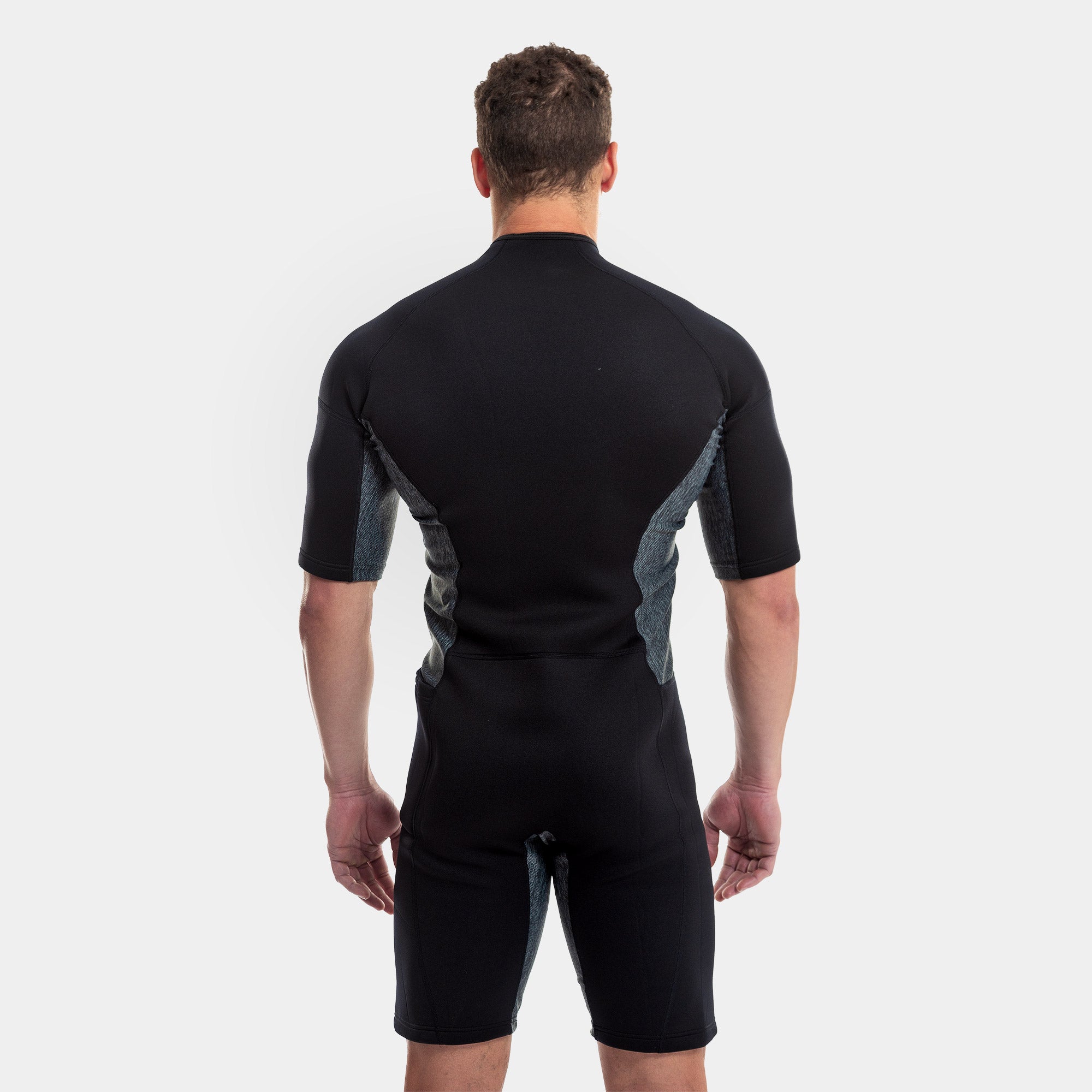Targeting Belly Fat: Is It Possible? Here’s What Science Says

We all have that one spot that we want to lose a little more from.
Sometimes it’s belly fat.
Other times, it’s love handles.
If only there was a way to zoom in and focus on fat loss in that ONE area.
The idea of targeting a specific area on our bodies for weight loss, definition, or muscle building isn’t a new concept. People have been trying to do it for decades. Every time you turn on late night television, you’re sure to catch an infomercial about the latest and greatest product that can zap fat in a particular spot.
Most often, the belly is the target for spot reduction. Whether you’re a mom trying to lose baby fat or a weight lifter trying to get more shredded, no one wants fat to be in the front where everyone can see it. So the question is this:
“Can I do anything to target my belly fat only?”
Let’s take a look at the science behind spot reduction to see if it’s possible to get rid of your belly fat.

Fat as Fuel
The concept behind spot reduction that many people hold near and dear is to perform specific exercises to target the fat in your belly. Many people believe that by doing these exercises over and over again, the fat is then shaken up and your body can use it since that’s where all the work is occurring.
For example, by performing 500 abdominal crunches followed by 200 leg lifts, your body realizes that you’re sending a message to use that area for fuel, focusing, of course, on fat. Sure, that’s a great idea; however, the problem here is that fat doesn’t work that way.
How Fat Behaves in the Body
When your body stores fat, it does so in the form of triglycerides. (Don’t worry, I won’t be using crazy scientific terms so stay with me on this one.)
Now, you want your body to begin burning those triglycerides as fuel through the working muscles to reduce the fat in the targeted area. Yes, muscles can burn fat as fuel; however, NOT in the form of triglycerides. Those triglycerides must be broken down into a usable form of fuel. Think about it like this:
You own a cellphone.
Your cellphone needs to be charged in order to work.
You need electricity in order to charge your cell phone.
You plug in your cell phone to charge it.
You don’t walk over to the electric company and throw your phone into the power-lines.
An exaggerated example, of course, but one that paints the picture. Your body needs to convert triglycerides into a form of energy that your muscles can safely and effectively use.
Burning Fat in the Muscle Tissue
Let’s say your body gets the cue that it’s time to get fueled up and it’s essential to use fat. Your body will take those triglycerides and break them down into two components:
- Fatty Acids
- Glycerol
These two compounds are the fuel that you’ve been wanting your muscles to consume, which they will happily do.
Now you have your usable fat energy and everything will be fine, right?
Not so fast.
There are two problems we need to discuss with using fat as fuel and spot reduction.

You Need to Enter a Fat Burning State
The biggest misconception when it comes to spot reduction is that you automatically enter a fat burning state when you exercise.
It isn’t always this simple. If you just consumed a meal heavy in carbohydrates, for example, then your body will focus on that as fuel, not stored body fat. Before your body can start breaking down triglycerides, you need to enter a fat burning state. The best way to do this is to enter a state of ketosis.
In short, the way to enter a ketogenic state is to focus the majority of your macronutrients on heathy fats and protein with very little to no carbohydrates. Once your body realizes there are no carbohydrates to use as fuel, it will turn towards the body fat and enter the process we detailed above.
The Catch of Burning Fat as Fuel
Let’s say that, theoretically, you’ve achieved a perfect state of ketosis and your body has entered a high-powered fat burning state. You hit the gym, ready to crush your workout, and blast away that belly fat. All you need to do is that ab workout and your body will start to target your stomach. You’ll have that six-pack in no time, right?
Again, don’t be so quick to assume.
The biggest catch of spot reduction and, consequently, the reason it just isn’t possible is that your body has a genetic pre-disposition for fat storage and disposal. In other words, you didn’t tell your body where to put the fat when you gained it and you’re not going to tell it where to remove it when you start burning it away.
You may enter a state of effective fat burning but that doesn’t mean your body will burn the fat from only your stomach. Your body will breakdown fat throughout the body. Eventually, it will get to your stomach.
Have a New Outlook on Spot Reduction
While it isn’t possible to spot reduce, that doesn’t mean all hope is lost. The idea is to focus on total body fat loss. Not only is this a more realistic and healthy approach but it’s also one that will benefit your overall appearance and wellness.
It is important to train and exercise your body as one functioning unit. Unless you’re a bodybuilder, you shouldn’t be worried about isolation.

Quick Tips for Promoting Total Body Fat Burning
- Use full body workouts for 6 to 8 weeks
- Try a ketogenic diet
- Switch up your workouts to include high intensity interval training
- Spend time in a sauna or use a sauna suit
- Try intermittent fasting
- Supplement with L-Carnitine
Tell Us What You Think!
Do you have your own fat burning tricks?
Did you undergo a dramatic transformation where you burned a lot of body fat?
Let us know in the comments below!
References
- Kostek, M. A., L. S. Pescatello, R. L. Seip, T. J. Angelopoulos, P. M. Clarkson, P. M. Gordon, N. M. Moyna, P. S. Visich, R. F. Zoeller, P. D. Thompson, E. P. Hoffman, and T. B. Price. "Subcutaneous Fat Alterations Resulting from an Upper-body Resistance Training Program." Medicine and Science in Sports and Exercise. U.S. National Library of Medicine, July 2007. Web. 25 June 2017.
- Vispute, S. S., J. D. Smith, J. D. LeCheminant, and K. S. Hurley. "The Effect of Abdominal Exercise on Abdominal Fat." Journal of Strength and Conditioning Research. U.S. National Library of Medicine, Sept. 2011. Web. 25 June 2017.
0 comments











